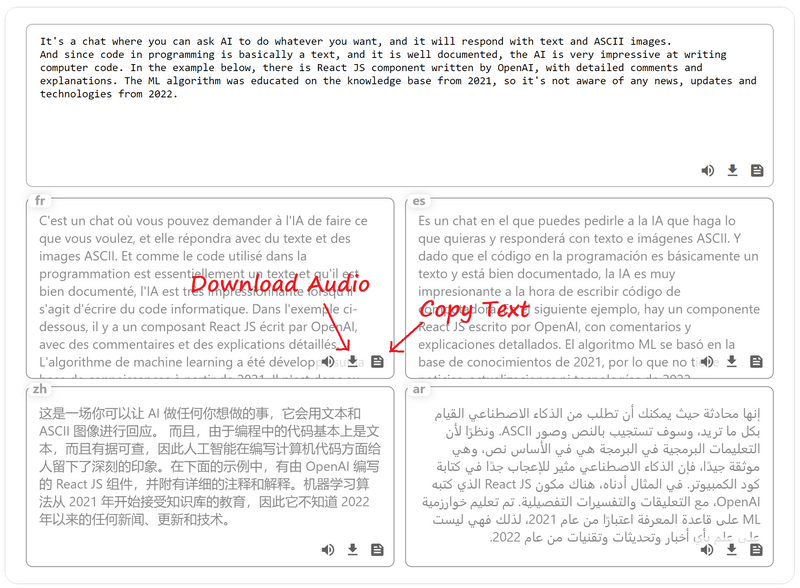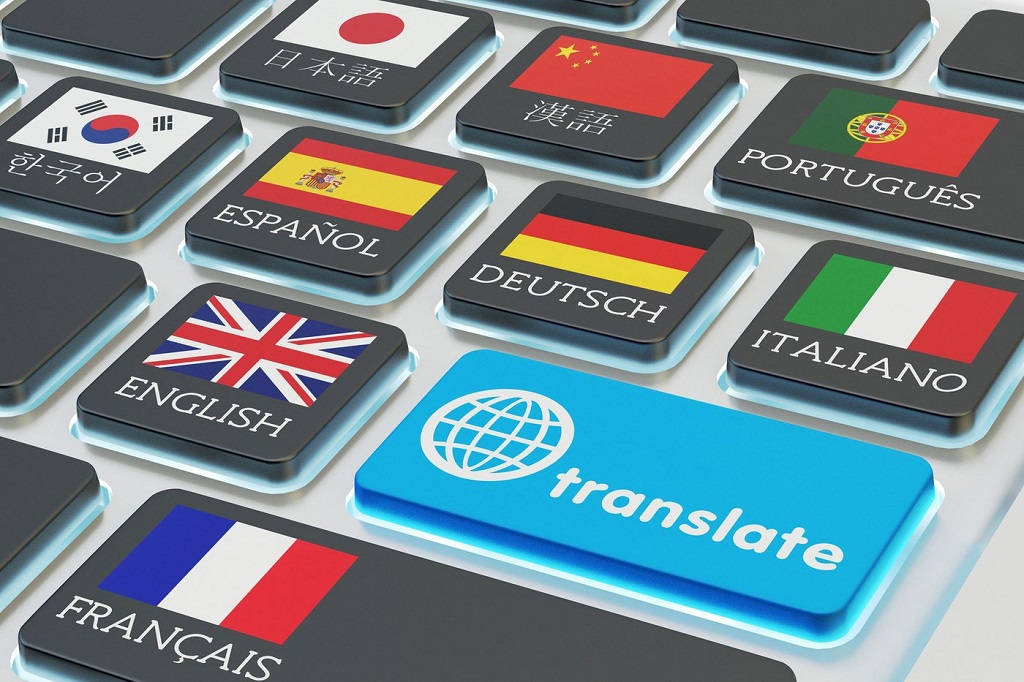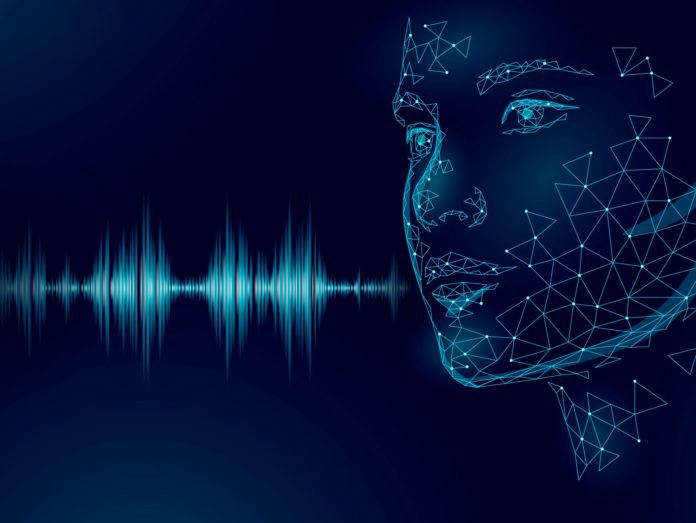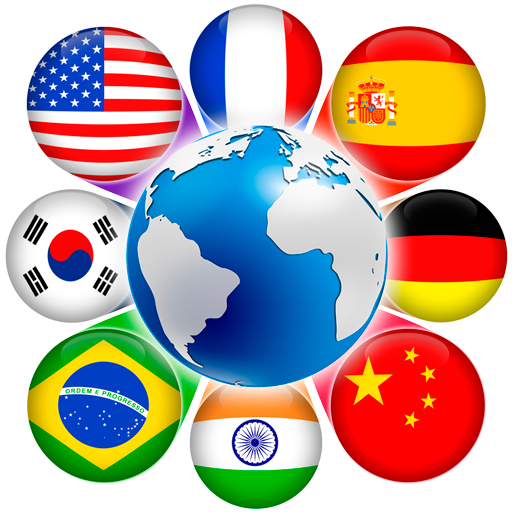Sample Result

What are the benefits of a multi-language content?
Offering content in multiple languages is like giving your audience a universal key to access it. It’s like making the world smaller and bringing all corners of the globe together. Each language holds its own set of flavors, culture and expressions that allow for greater diversity and understanding across international boundaries. Giving users the option to engage with content in their native tongue is like giving them a Polyglot passport to wander around the world on their own terms.

AI technology has made it easier than ever to localize content, so you can reach and engage more of your global audience. This can only be achieved by translating into multiple languages and matching a tone of voice that works best in each market. Language is a powerful tool and offering content in multiple languages can help increase brand loyalty, improve customer satisfaction, and boost ROI.

At the end of the day, there’s no denying that language is the lifeblood of global communication. Offering content in multiple languages not only shows your customers that you care about their culture and values, but also that you are willing to go the extra mile to make them feel at home. Polyglots have the upper hand when it comes to connecting with diverse audiences because they understand how different cultures communicate in English.

Thanks to our AI-driven localization techniques, the polyglot-at-your-command tool helps brands create content that resonates with their customers on a global level. Feel free to give it a try!

